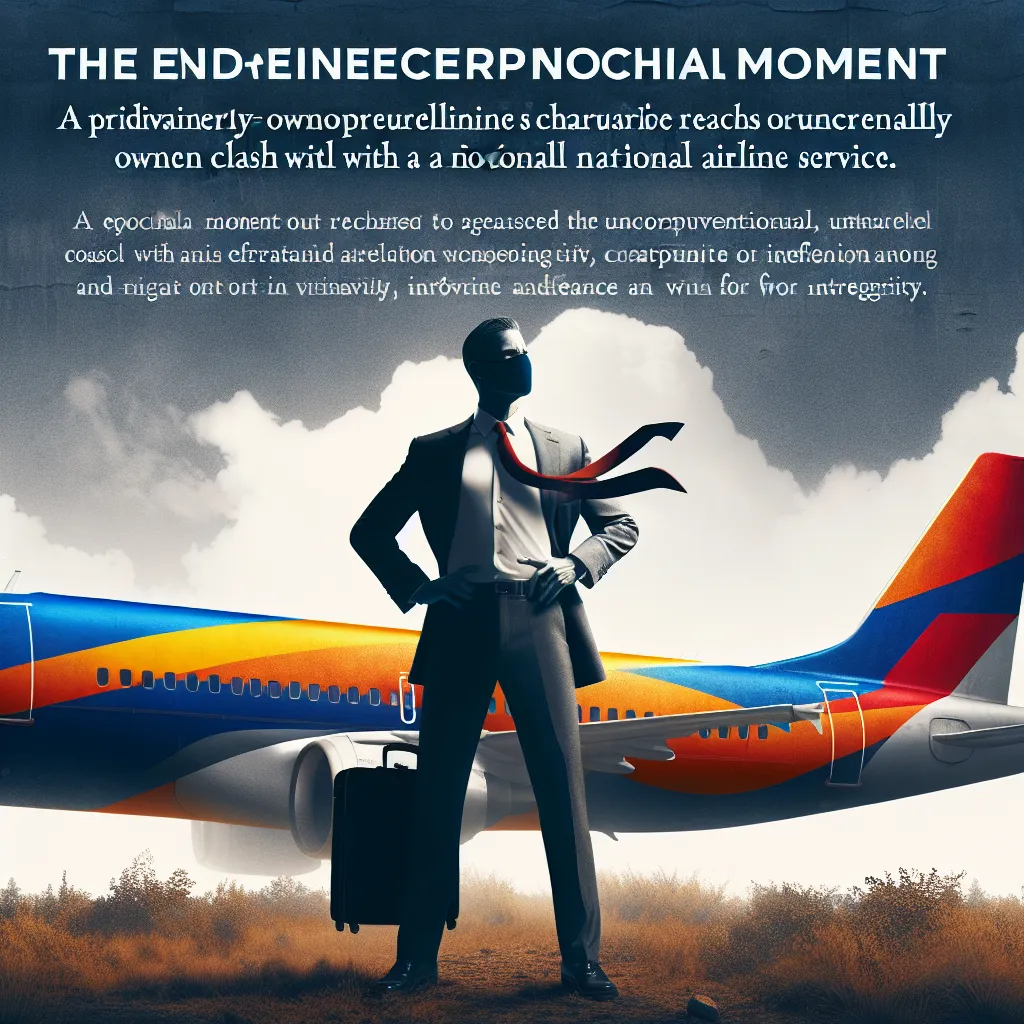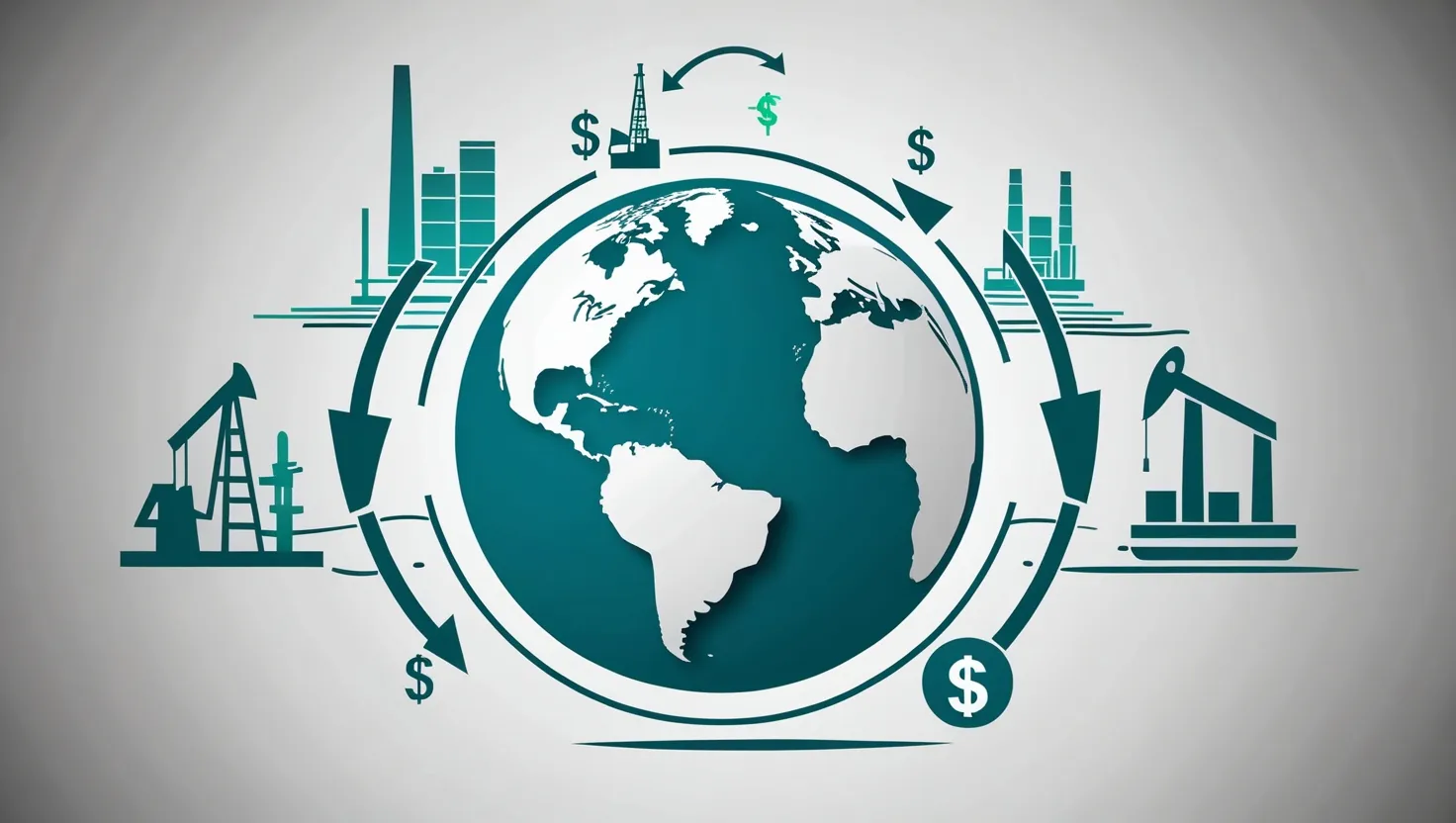We’ve reached an age where you can practically order anything online and expect it to be delivered within a couple of weeks. Whether it’s a pricey BBQ set, a high-end Swiss Army Knife, or some cheap flip-flops from Canada, if it’s legal, you can probably buy it. This marvel of modern e-commerce owes much to pioneers like eBay, a true trailblazer in the industry.
eBay was launched in 1995 by Pierre Omidyar, a 28-year-old Iranian-American with a tech background. He graduated from Tufts University in 1988 with a computer science degree and started at an Apple subsidiary. By 1991, he co-founded Ink Development, an early e-commerce company. Pierre envisioned a consumer-to-consumer platform, a concept unheard of at that time. To turn his dream into reality, Pierre left Ink Development in 1994 and juggled another job while coding his new platform.
In September 1995, Pierre launched AuctionWeb, which didn’t look great—most websites of that era didn’t. But people loved its simplicity and minimal regulations. Interestingly, the first item sold on AuctionWeb was Pierre’s broken laser pointer for $14.83. Initially, the site was pretty random, hosting pages for Pierre’s wife’s biotech startup, a university alumni group, and even information about the Ebola virus. But AuctionWeb gained traction quickly.
By February 1996, the site’s traffic surged, prompting Pierre to upgrade his internet connection and start charging auction fees, which remain a key revenue source for eBay today. By mid-1996, Pierre left his job and brought in a programmer friend to expand the platform. They successfully sealed a deal to sell airline tickets directly on the site. AuctionWeb renamed itself to eBay in 1997 and began seeking venture capital. Benchmark Capital invested $4.5 million for a 22% stake and found a seasoned CEO, Margaret Whitman.
Margaret Whitman swiftly turned eBay into a structured corporation. To attract investors, she removed controversial categories like drugs and firearms and created a new marketing division. Confident in eBay’s growth potential, she took the company public in September 1998. On its first trading day, eBay shares jumped from $18 to $53. Within months, shares hit $300, making Pierre an instant billionaire.
Originally a haven for collectibles, eBay soon expanded to include just about any legal item you could think of. When compared to Amazon, eBay offers a more suitable marketplace for unique or unusual items. The site has hosted everything from a California city to a Brazilian aircraft carrier and even a grilled cheese sandwich believed to feature the Virgin Mary.
Over time, eBay acquired more than 50 companies, including PayPal in 2002 and Skype in 2005. Margaret left eBay in 2008 to pursue a political career, and John Donahoe took over as CEO. Despite its enormous scale, eBay began to falter, especially against Amazon. Donahoe tried to refocus on e-commerce by selling stakes in less successful ventures like Skype.
In 2014, investor Carl Icahn pushed for eBay to separate from PayPal, arguing that eBay’s declining e-commerce business was hindering PayPal’s growth. Icahn got his wish, and in 2015, PayPal became a separate entity. Donahoe resigned, and eBay has since struggled to reclaim its former glory. Meanwhile, PayPal has thrived.
Today, eBay faces tough competition and risks becoming the Myspace of e-commerce. To survive, it needs innovation more than ever, especially in an industry driven by the Network Effect, where every new user increases the platform’s value to future users. With Amazon’s user base growing exponentially, eBay has its work cut out.
Enjoyed this eBay story? Share it with your friends and family to spread the word about this e-commerce giant’s journey.






